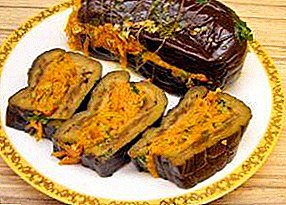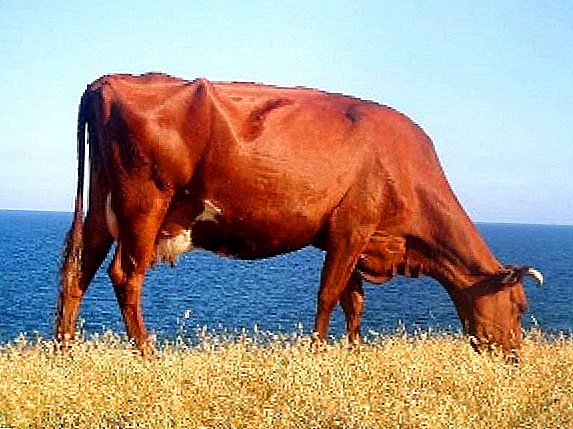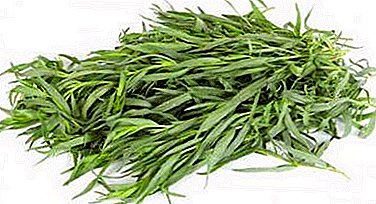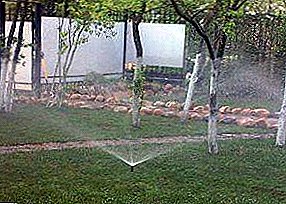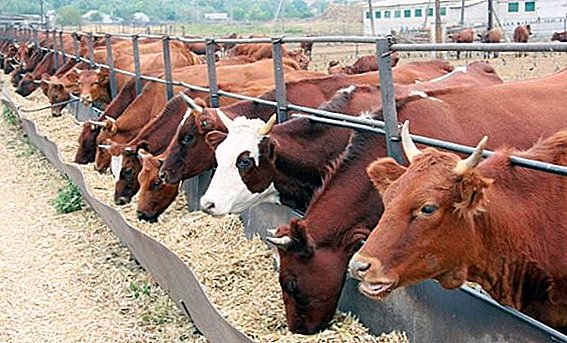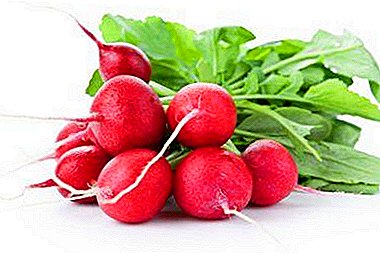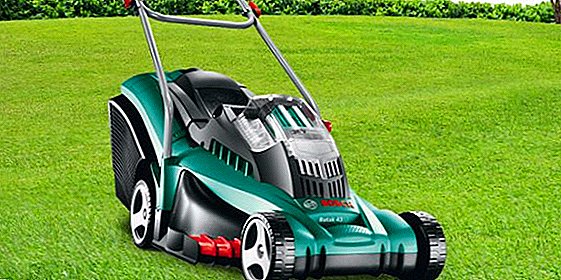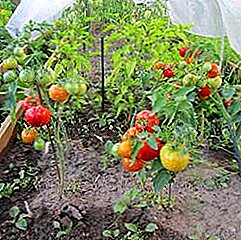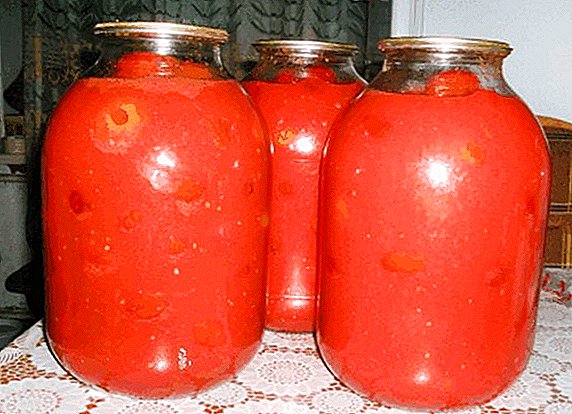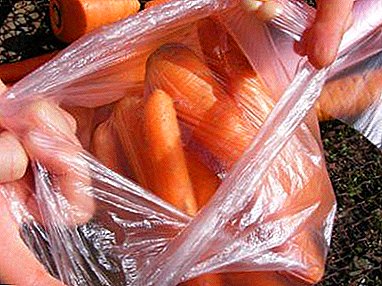
Carrot loves old and young. Tasty in fresh and cooked form, attractive in appearance, it is also useful: due to the long list of vitamins (B1, B2, B6, PP, C, E) and the availability of provitamin A (carotene). Add to this trace elements: potassium, iron, phosphorus, magnesium, cobalt, copper, iodine, zinc, chromium and fluorine.
Carrots are a dietary product with easy digestion. Carrot juice helps with many diseases. Therefore, the desire to stock up on it and save longer explainable. Let's talk about how to use the refrigerator for this at home, in a regular apartment - how long a carrot can be kept in it, whether it should be washed before storage, and other important issues.
Peculiarities of vegetable structure
The important point is how carrots should be stored. Is it a fresh root vegetable? If fresh, will it be frozen? Perhaps the carrot has already been processed into a finished product: cooked, turned into a snack or juice. All this will affect the terms and conditions of preservation. For long-term storage of fresh carrots, it should be carefully reassembled, and root crops should be separated with traces of the disease., damaged or just uneven. It matters and size.
Is it possible to save the root crop in the refrigerator?
 Depending on the form in which you plan to store the carrots, you need to correctly determine the place where to place it. Modern refrigerator has suitable locations for different cases.: a compartment for finished products, a compartment for fresh raw vegetables and a freezer.
Depending on the form in which you plan to store the carrots, you need to correctly determine the place where to place it. Modern refrigerator has suitable locations for different cases.: a compartment for finished products, a compartment for fresh raw vegetables and a freezer.
If you don’t make a mistake with the place and observe additional conditions with regard to the form factor in which the root crop is represented, then there will be no obstacles to using the refrigerator. Temperature storage of carrots in the refrigerator:
- in the main office at a temperature of +2 to +6 degrees;
- in the "zone of freshness" at a temperature of from 0 to +3 degrees;
- in the freezer at a temperature of -8 to -23 degrees.
How long is the shelf life?
For processed vegetables
If we are talking about the finished product or the workpiece, the duration of saving at home will depend on the specific case. Consider how long you can store freshly squeezed carrot juice, boiled and Korean carrots.
- Korean carrot - This is a ready-made dish of orange root, which is crushed on a grater and seasoned to taste, and then poured heavily heated vegetable oil. The composition of the gas station, as a rule, includes:
- table vinegar;
- salt;
- sugar;
- Red pepper.
Korean carrots are usually infused until ready for 12-14 hours, after which the shelf life in the refrigerator is no more than two weeks.
- Boiled carrots It is considered a fully cooked product, even if it is intended for some kind of salad. If you keep it in the refrigerator for more than two or three days, then the appearance itself will no longer cause an appetite. A carrot will become flabby or dull-looking and unpleasant. Eat it in this state is no longer worth it.
- Fresh Carrot Juice - A tasty and healthy drink that is prepared by almost everyone who has a juicer. But it is extremely undesirable to store it: valuable properties are lost. If necessary, you can put carrot juice in a refrigerator in a closed container for a couple of hours. But it is better to drink it directly after preparation.
For fresh carrots
Speaking of fresh (raw) root, you can expect that with the right approach to storage it will be in the fridge for one to several months and still remain high-quality, tasty, rich in vitamins and trace elements food.
How to prepare a root vegetable?
Operations prior to sending carrots to the refrigerator for storage often depend on personal experience and habits.. Few people decide on a sudden experiment if they plan a long harvest of the root, because a mistake can be costly.
The main discrepancy is the almost Hamlet question "to wash or not to wash." Some believe that the washed root is stored better, others tend to "grimy".
Do I need to pre wash?
 To wash or not is a moot point. In support of supporters of washing carrots, you can bring a number of advantages of this approach:
To wash or not is a moot point. In support of supporters of washing carrots, you can bring a number of advantages of this approach:
- immediately visible all mechanical damage or lack thereof;
- traces of diseases and rotting are noticeable;
- parasitic microorganisms are removed;
- easier to sort during storage.
Among the minuses should be attributed to the fact that washed carrots are more demanding on storage conditions and unwanted neighbors in the refrigerator. It also has to dry longer before being sent for long-term storage. How better - you decide.
How long to save carrots?
Regardless of whether you washed the carrot or simply limited to removing excess soil, the primary stage of preparing the root for storage in the refrigerator is to dry it thoroughly from excess moisture obtained during the "bathing" or soaked with soil. Clean carrots after water can be thoroughly blotted with a towel and thus speed up the process. The washed carrot, ready for the next stage, will be dry to the touch and monotonous. With unwashed root with friction, small particles of soil will fall off.
Washed and cleaned
Entirely cleaned carrots are rarely placed in the refrigerator for long-term storage.. But if you have to, then do not leave it open, because devoid of its natural "skin", it quickly weathered and loses moisture.
Board: Food plastic container or film - will extend the shelf life of peeled carrots for up to a month if stored in a special refrigerator compartment.
A proven method of short-term (3-4 days) storage of carrots in the main compartment of the refrigerator is its immersion in water. And if you change the water, then this can "cheer up" the carrot up to a week.
We recommend to watch the video about the storage of carrots in the film fridge:
Rubbed
Placing the grated carrot in the main compartment of the refrigerator, you need to consider that in this form it will wind even faster than just peeled. A container, a glass jar with a lid or, in extreme cases, just a plastic bag will help.
Without the freeze-up, the shelf life will not be long, therefore, grated carrots should be eaten within 10-12 days.
Not freezing
 For long-term storage of carrots should be packed with all care. Examples of good packaging are vacuum bags and food film. They will not allow the excess moisture to penetrate and retain their own juice of the root. This is one of the most important conditions for long-term storage. If you are going to use the film, then get ready to work: it should tightly cover each carrot.
For long-term storage of carrots should be packed with all care. Examples of good packaging are vacuum bags and food film. They will not allow the excess moisture to penetrate and retain their own juice of the root. This is one of the most important conditions for long-term storage. If you are going to use the film, then get ready to work: it should tightly cover each carrot.
Sometimes to absorb the excess moisture is used wrapping in paper or paper bag. Such packaging will have to periodically feel, checking for moisture, and replace if necessary. If everything is done correctly, then it will be possible to protect the carrots from rotting and from flabbiness.
Location also matters. The lower in the refrigerator the tier on which you put freshly packed carrots, the better. Ideally, it should be a box-compartment for vegetables. A working refrigerator maintains in this zone the optimum ratio of temperature and humidity.
- Some housewives use a wrapper from newspapers and other print media to regulate moisture. It is strongly not recommended to do this, because the composition of printing or printing ink may include lead, cadmium and other substances that are not very useful for the body.
- If the carrot is purchased, then the tops are most likely already removed. In this case, the place of its separation should be completely "amputated". In the case when the carrot is own, simply prune the tops under the base.
- When you have a lot of carrots, it is better to cut the tops of the root crops quite strongly: by 1-2 centimeters. This will prevent their germination in the refrigerator.
To not lethargic and not flabby
Even with sealed packaging of carrots, the risk of its softening, flabbiness and germination remains, if the optimum moisture regime is not maintained. For carrots, it is 65-75%. Equally important is the temperature regime. Temperature exceeding -1 to 8 degrees is incompatible with long-term preservation of fresh carrots.. Usually in the compartment for fruits and vegetables is supported by the range from 0 to 3 degrees. For the carrot - the most it.
All winter
In addition to the rather troublesome preservation of fresh carrots in the "freshness zone" of the refrigerator, it is practiced its freezing. Most often, grated or diced carrots are frozen for the winter. In this form, it can be stored all the cold season, although it loses some of the taste and useful properties. When placed in the freezer, it should also be packaged: in containers, vacuum packs or polyethylene. In this form, the carrot is suitable for frying, vegetable stews and any dishes that will be determined by the culinary imagination.
We recommend to watch the video about freezing carrots for the winter:
What if something went wrong?
 The most unpleasant thing that can happen to a carrot in the fridge is its spoilage. Rotting, loss of pleasant strength or germination of carrots, as a rule, is due to violations of storage conditions. We will not touch on possible technical problems with the refrigerator, let's say better about what depends on its owners.
The most unpleasant thing that can happen to a carrot in the fridge is its spoilage. Rotting, loss of pleasant strength or germination of carrots, as a rule, is due to violations of storage conditions. We will not touch on possible technical problems with the refrigerator, let's say better about what depends on its owners.
If the carrots are not stored in the freezer, then you should pay attention to the appearance of condensation inside the plastic or plastic packaging. These droplets can talk about the concentration of carbon dioxide inside the container or package. If condensation is detected, carrots should be removed, dried and repacked..
Useful tips
- Care must be taken that carrots are not in direct contact with other vegetables or fruits. With apples, any close proximity should be excluded. Apples produce ethylene, which can spoil the taste of carrots.
- For long-term storage, a variety of carrots is important. Among the most hardy: "Moscow Winter", "Vita Long" and "Forto". It is worth paying attention to the varieties planted early.
- For storage during the winter, choose only roots that have reached maturity. Underived ones can disappoint with quick spoiling.
Conclusion
There are experienced owners. They tend to adhere to family traditions and time-tested methods of preserving stocks. Another thing, if sustainable preferences yet. Then the experiment suggests itself: divide, for example, carrots into several parts and compare at once several ways of preserving a tasty and healthy root crop with the help of a refrigerator. Perhaps this publication will be something useful for experimenters.


